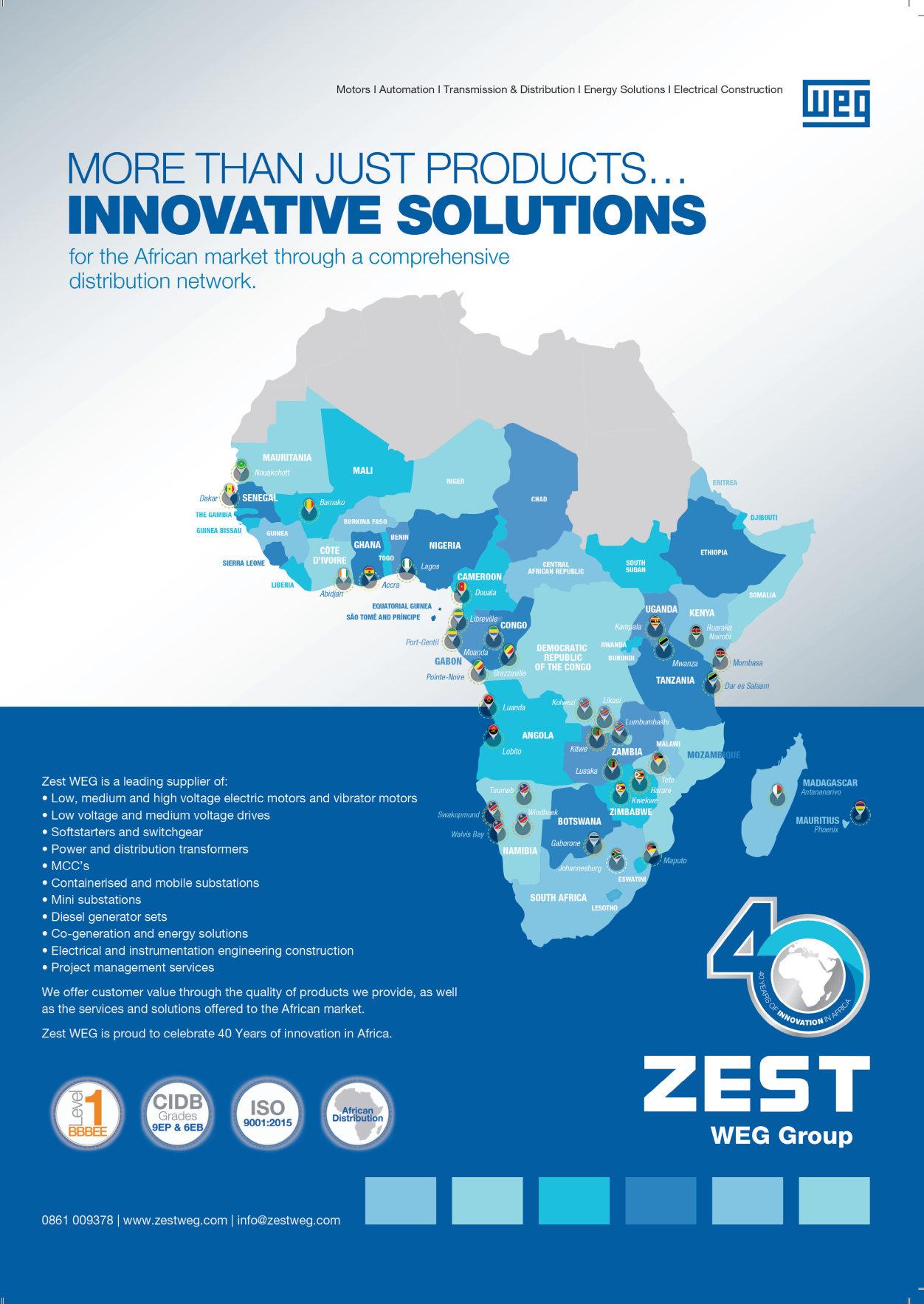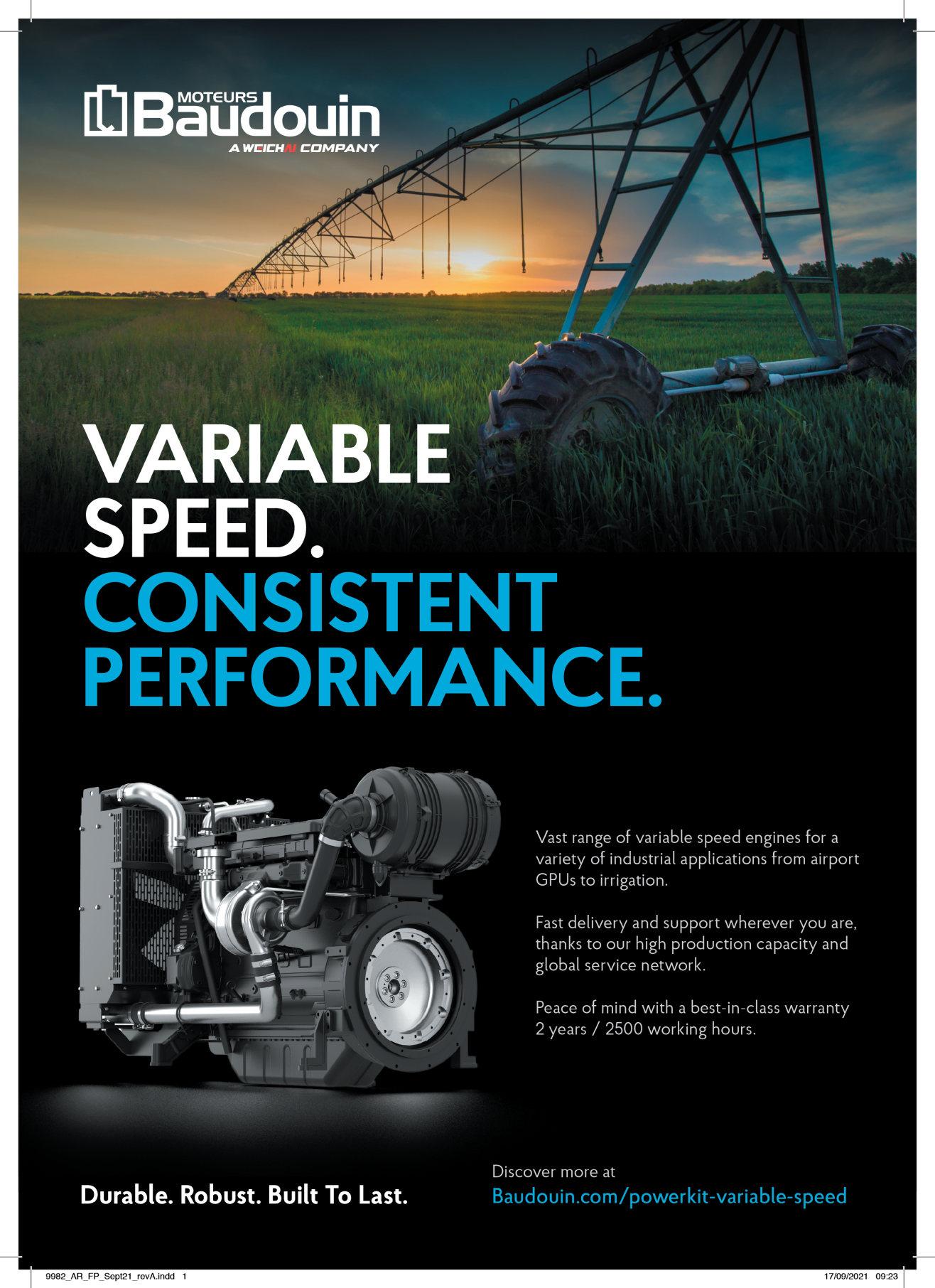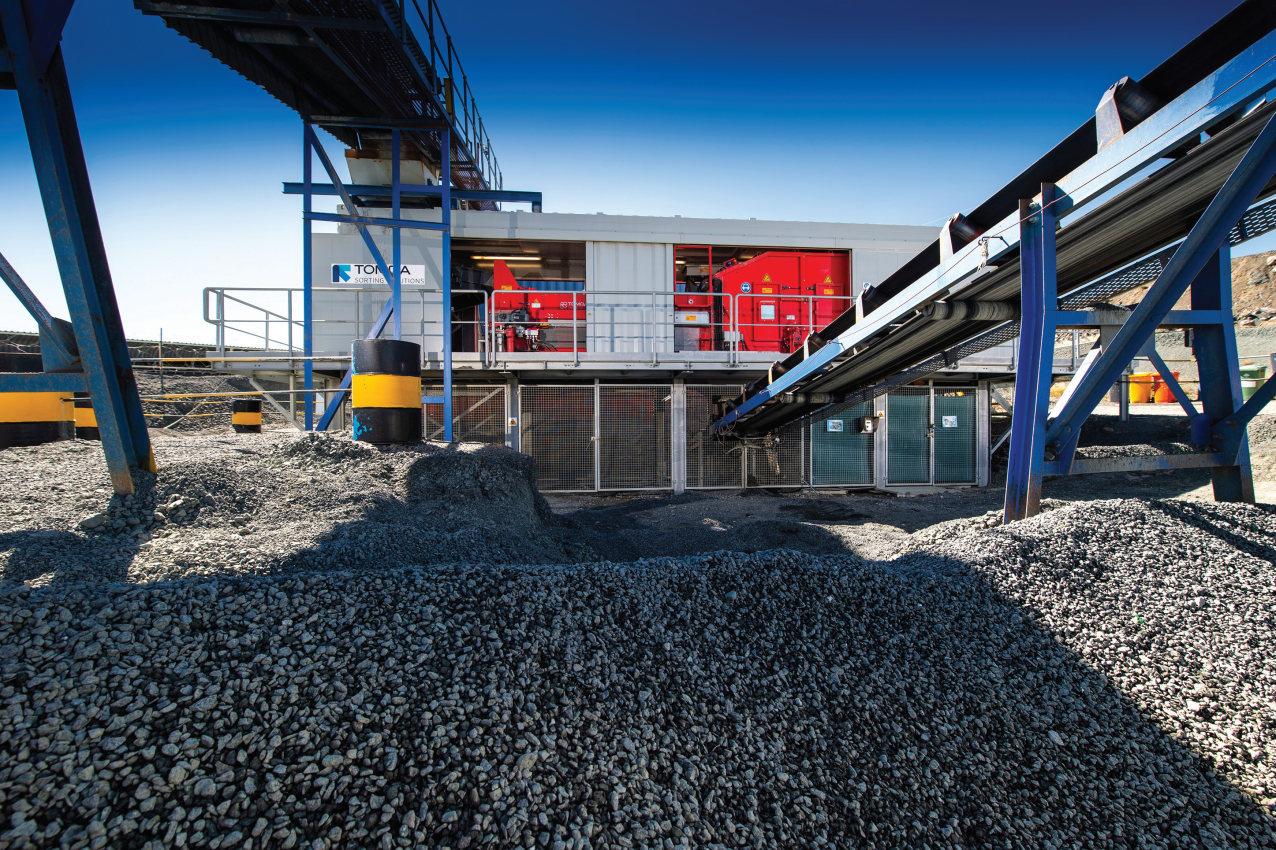
16 minute read
Driving the green mining evolution with sensor-based technology
TOMRA equipment deployed at the Letseng Mine.
Sensor-based technology to drive green mining evolution
Africa’s mines have been tasked with improving their eco footprint as climate change concerns come into focus. TOMRA is a company that can help. ATR speaks to Albert du Preez, head of TOMRA Mining, about the opportunities and challenges ahead.
TOMRA, a world-renowned sorting company, creates sensor-based solutions for optimal resource productivity working across various fields, from mining to food and recycling.
In the mining sector, it’s an enticing prospect, especially in the climate change era.
The company’s products are already helping operators to enhance their sustainability credentials through improved processing, removing valuable materials from waste and boosting recovery rates. This leads to improved unit costs, up to 50% lower energy consumption, and a reduction in the overall water usage of 3-4M³/T.
“The moment you do that you really start to reduce the footprint of your entire downstream processing system,” Albert du Preez, head of TOMRA Mining, told ATR in an interview.
The diamonds sector has been among the first to embrace sensorbased technology over the past 25 years, as has the industrial minerals sector (phosphate, limestone, quartz).
Serving Africa
TOMRA’s client list now extends right across Africa, from Lesotho to Sierra Leone, and its sensors are being used in a wide variety of mines and locations.
They include Lucara Diamonds’ Karowe mine in Botswana, where the company’s X-Ray Transmission (XRT) equipment recovered the Lesedi La Rona — the world’s largest gem-quality diamond discovered in over 100 years — back in 2015.
There are now 16 TOMRA XRT sorters operating at the mine, each capable of treating up to 150 tons per hour in over 8,000 hours per year.
TOMRA’s state-of-the-art XRT machines are the key revenue driver for TOMRA Mining, but the company also offers other sensor-based sorting technologies including laser, colour, Near-Infrared (NIR) and electromagnetic (EM).
Altogether, TOMRA now has over 100,000 installations in over 80 markets worldwide, says du Preez.
And there is plenty more room for growth, as operators worldwide seek to simultaneously improve mine economics and raise their sustainability profile.
Last year, TOMRA opened a new Johannesburg headquarters to support its thriving business in Africa and meet this growing demand. And with the new Final Recovery XRT sorter, TOMRA is the only manufacturer able to offer diamond mining companies a complete sorting solution, from preconcentration to concentration all the way to final recovery.
“We are passionate about leading the resource revolution,” says du Preez. “We want to enable mining to become sustainable and environmentally-friendly, and to truly add value within the industry."
At the same time, ethical mining remains an overarching concern. “We are very prudent in terms of only doing business with companies that are deemed appropriate to do business with from a corporate governance perspective,” he adds. “Our end customers are truly important to us.”
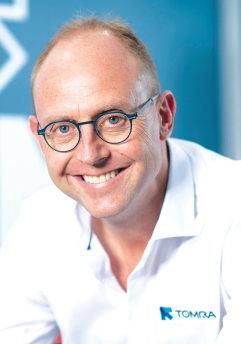
Albert du Preez, head of TOMRA Mining.
Adapting to the modern era
According to du Preez, there is a way in which the mining industry can square up to many of the challenges it faces in the modern era, notably around environmental concerns.
“The mining industry is maybe seen as contentious, potentially unsustainable, or ‘dirty’, but like anything in the world if you give it enough attention, you can change things to be far more sustainable.”
The notion of the circular economy is integral to the thought process at TOMRA, reusing materials where possible to capture value and soften any impact on the planet, using sensor-based technology and new, disruptive technologies as enablers.
Crucially, it believes that technology can drive both the economic and environmental case.
“With sensor-based technology you can do both. You can definitely reduce your unit costs of producing your raw materials and, at the same time, significantly improving sustainability and reducing the impact on the environment.”
Africa is leading the shift towards sustainability, being less risk averse compared to much of the mining sector globally, so that it is often more willing to embrace new ideas and technology.
“In Africa, we actually see people being a bit more innovative, a bit more open minded because of the challenges they face. They see that, often, sensor-based sorting can solve challenges that traditional unit processes cannot overcome.”
Looking ahead, du Preez can see further potential in the volumes of data generated from its sensors, as digitalisation of the mining industry expands.
This data can flag up valuable mine information — anything from particle size distribution and throughput to percentage waste on product in the feed — that can have a material bearing on costs and productivity. This kind of data can now be pulled into the TOMRA Insight cloud-based system and processed into actionable information made available to clients.
“The world is going digital and is going in the direction of data. So from a TOMRA perspective, the amount of data that we generate is of real worth.” ■
Image Credit: TOMRA
TOMRA’s XRT machines are the key revenue driver for TOMRA Mining.
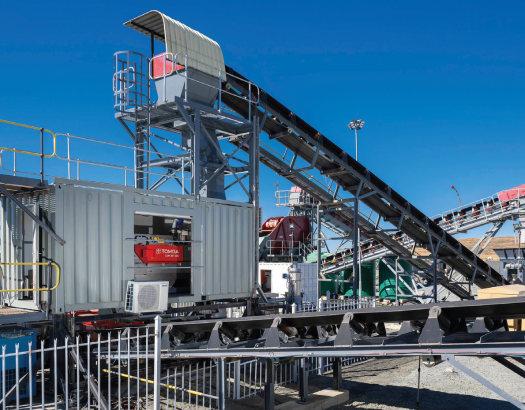
ASPASA joins global cooperation on mine training
Due to dwindling skills in the area of surface mining, members of the Global Aggregate Information Network (GAIN) have signed a global cooperation agreement in order to pool and share information for training purposes.
South Africa’s surface mining industry association, ASPASA, is a long serving member of the network and has indicated its willingness to work with similar bodies in Europe, Americas, Asia, Australia and elsewhere to share information for training purposes.
According to ASPASA director, Nico Pienaar, a wealth of information already exists across the globe and by sharing and working together mining organisations can learn from each other and customise training material that has been developed in other regions.
“For example, India has developed virtual reality training in subjects such as hazard avoidance, brake management, operation productivity, fuel efficiency, site safety procedures and many more. The idea is that this type of training will be made available to GAIN members at a modest cost. Similarly, material may be made available from New Zealand, Malaysia, China, USA or anywhere such organisations are active and members of GAIN,” Pienaar stated.
“We can also learn and develop training based on the finding of counterparts across the globe such as Europe. Here studies show that new skills are required in areas like treatment of construction and demolition waste — recycled aggregates, assessment of biodiversity and environmental management during operations, restoration of active and closed sites, operation and maintenance of new (electrified) machines, renewable energy (wind turbines, solar panels), etc.”
Pienaar continued, “Working together we are better equipped to develop much needed training material more quickly and this allows us to respond to emerging requirements more quickly. Like similar organisations belonging to the GAIN network, ASPASA also has a wealth of information and infrastructure that may assist miners in other parts of the world.”
He adds that the association has a dedicated education and training committee and that they will work with other GAIN members, as well as local training providers, to source and develop material for the local market. ASPASA is also able to assist local career seekers and employees of its member companies to identify career paths and find suitable training and qualifications to achieve career goals.
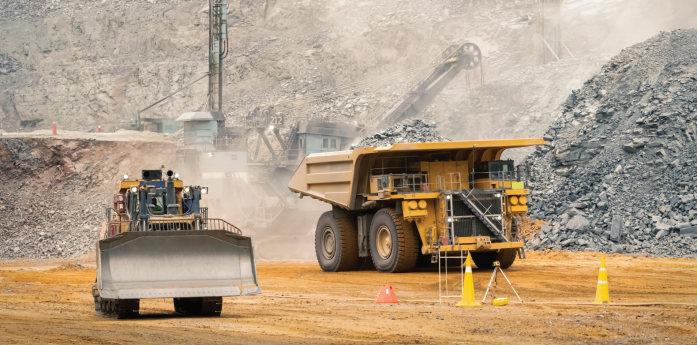
By sharing and working together mining organisations can learn from each other and customise training material that has been developed in other regions.

Terex Trucks rebrands as market rebounds
Articulated hauler specialist Terex Trucks has rebranded as Rokbak, in line with its new vision for the future.
A Rokbak hauler in the new colours.
At a digital launch event it was announced that Rokbak is the new name for Terex Trucks, with the company adding that the new brand represents the continuation of its strong hauling heritage with a futurefocused vision.
Paul Douglas, managing director of Rokbak, commented, “Seven years ago, we became a member of the Volvo Group, which allowed us to make major improvements in every part of our business. Millions of pounds have been invested in improving our products, modernising our facilities, expanding our network, and developing our people. It has been a process of continual evolution. That’s why we feel it’s right to recognise this evolution with a new brand name to launch an exciting new chapter in our history.”

A firm foundation
With their foundation in the predecessor models from Terex Trucks, the 28-tonne payload RA30 and 38-tonne payload RA40 from Rokbak have been designed with a focus on productivity and efficiency and, as part of the new brand launch, the machines now come in Rokbak colours and livery.
While maintaining the experienced design, craft and precision that are synonymous with the company’s haulers, the RA30 and RA40 deliver better fuel economy, lower emissions, improved safety, and greater durability.
“We’re very excited to reveal our new brand, and of course our haulers are the shop window,” continued Douglas. “We’re still the same skilled, experienced and passionate team, committed to making rock-solid haulers every day. But we also have a clear vision for where we want to go and who we want to be.”
As part of the Volvo Group, Rokbak has focused on developing four key areas: product design, sustainability, safety, and people.
In product design, the company has introduced Stage V engines for better fuel efficiency and operation for customers. Other improvements include a new transmission on the 28-tonne (30.9ton) machine, the introduction of the Haul Track telematics, and a stronger focus on operator wellbeing and safety. In terms of sustainability, the company’s manufacturing plant has shifted to 100% renewable energy, as well as operating within science-based targets and ISO standards, along with targeting CO2 emission reductions.
Changes in processes at the factory have seen a stronger concentration on maintaining employee safety, while simultaneously delivering high standards and low downtime. For the company’s people at the heart of Rokbak, there is a continual focus on professional development, keeping the team at the forefront of skill and expertise.
PAUL DOUGLAS, MANAGING DIRECTOR OF ROKBAK
A rejuvenated market
This re-brand signifies the company’s intent to take advantage of the continent’s burgeoning mining industry which is rebounding after the difficulties incurred by the global pandemic.
This has most recently been exemplified in South Africa, a key market for Rokbak. The Department of Statistics of South Africa (DSSA) have announced mining production in the country increased by 10.3% year-on-year in July 2021 with the largest positive contributors coming from iron ore, PGMs, chromium ore and gold. Additionaly, mineral sales at current prices also increased, jumping by 32.6% year-on-year in the month. ■
KAL TIRE PARTNER PITCREW AI TO ENHANCE MINE SAFETY
Leading mining tire supply and management partner, Kal Tire’s Mining Tire Group, and computer vision specialist Pitcrew AI, have formed an agreement that will bring mines autonomous detection of hot tires, tire separations and other tire and mechanical damage any time, anywhere and without the vehicle needing to stop.
With inspection anomalies automatically transmitted into TOMS, Kal Tire’s proprietary Tire Operations Management System, the integration between Pitcrew and TOMS enables action and decision-making that will further enhance fleet productivity and safety.
The automated inspection stations monitor front and rear tires of mining trucks passing by. The AI software searches the thermal imaging video footage for anomalies such as hot spots, belt edge and tread separations and other mechanical problems. These findings are reported into TOMS. The system then automates inspection work orders as part of a selfreinforcing feedback loop and then schedules tire change work as necessary.
With the system demonstrating proven success operating in hot weather regions in Western Australia, Kal Tire has worked with Pitcrew to develop a cold weather version capable of withstanding temperatures of -45C° .
With a range of customers showing definitive interest in the system, Kal Tire and Pitcrew expect to extend the number of automated inspection stations operating across Kal Tire serviced sites using TOMS in 2022.
“We knew if we wanted to give customers the ability to make better operational decisions ‒and be a part of the future of autonomous mining ‒ we’d need to add external telematics to the mix,” commented Dan Allan, senior vice president, Kal Tire’s Mining Tire Group.
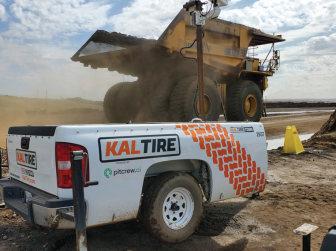
Image Credit: Kal Tire
Kal Tire & Pitcrew AI team up to bring autonomous tire inspections to mines.
Condra recover ore with underground jib crane
Condra has designed and manufactured a very large jib crane for bulk recovery underground of ore spilled at an unnamed mine.
Delivered last week, the five-tonne crane has a lifting height of nine metres, a slewing radius of five metres, and is equipped with an orangepeel grab and electromagnet combination that allows bulk ore to be gathered, lifted and positioned, while simultaneously separating out the iron ore within it by means of the electromagnet.
After installation and commissioning at surface level for trials, the crane will play a key role in a prototype ore recovery process.
Ore spilled along the conveyor lines will first be recovered by small articulated loaders which will place it on dump trucks for depositing in a purpose-built pit. The jib crane will then retrieve the ore from the pit by means of a combined grabbing, magnetising, lifting, slewing and travel functionality, depositing the ore into a feed hopper from where a secondary conveyor belt will transport it to re-join the main ore stream on its way to the crushing plant.
The Condra jib crane is the key to this solution, and has been designed and built to withstand a harsh underground working environment with minimal maintenance. It comprises a pillar-supported double-girder beam topped by the crab-mounted hoist, an arrangement that maximises the grab’s lifting height and optimises productivity in the execution of a repetitive but complex lifting task within the spilled ore recovery process.
The crab itself is jam-packed with equipment, holding not only the five-tonne variable-speed-drive hoist, but also the hydraulic power pack, two hydraulic hose reels serving the opening and closing functions of the orange-peel grab, and the cable-reeling drum serving the electromagnet.

Final assembly of the crab at the top of the jib crane. Image Credit: Condra
Advertiser’s Index
Ansaldo Energia S.p.A.............................................................................9 Balkrishna Industries Ltd......................................................................35 Bell Equipment Group Services (PTY) Ltd......................................41 Caterpillar SARL......................................................................................33 Eko Hotel and Suites..............................................................................47 FBG srl - Blend Plants............................................................................43 HYVE Group Plc......................................................................................13 JA Delmas S.A.S.........................................................................................2 Jessop & Associates (Pty) Ltd................................................................7 Linz Electric S.p.A...................................................................................39 Mantrac Egypt..........................................................................................31 Societe Internationale des Moteurs Baudouin............................52 Volvo Construction Equipment Germany GmbH..........................5 Zest WEG Group Africa..........................................................................51
Driving growth through technology and business communications solutions
Digital transformation is well underway in the East Africa region, with Kenya specifically at the forefront of the emerging technology innovation landscape on the continent, says Ivy Njeru, account executive at Infobip Kenya.
This trend is largely due to the government’s heavy investment in the country’s broadband sector, with no less than four undersea fibre optic cables now landing off the coast of Kenya. This, in turn, has driven widespread fixed and mobile internet penetration in the country to a level of 85.2% of the population.
Additionally, Kenya recently became the second country on the continent to launch a 5G network. The initial rollout covers four towns and is expected to grow to nine over the next year. It is expected that the launch of 5G services will be a boost for technology adoption and innovation among local businesses.
Fundamentally, the adoption of 5G technology will transform the way people live and work, with faster connectivity speeds supporting the rollout of better services and innovative solutions that are likely to span various industries and business sectors. For example, this technology will enable the establishment of smart cities, smart homes, smart agriculture, as well as connected healthcare and vehicles.
New ways to communicate
There is no doubt that Kenya’s growing internet penetration has also significantly changed the way in which people communicate. The availability of high-speed connectivity has seen an increasing number of people using chat apps to communicate, rather than relying on traditional voice calls. This has also invariably led to an uptake of social media and messaging platforms as a means of communication between brands and consumers and will require businesses to deliver an enhanced customer experience (CX).
One of the biggest benefits of 5G connectivity is the delivery of high-speed internet, which allows for better quality of video streaming and rich media sharing, enabling an improved CX. It is therefore important that companies continue to invest in technology that drives customer engagement.
However, in order to develop successful communication strategies, organisations must be aware of the fact that customer communication preferences have changed, with people expecting to interact with brands anytime, anywhere, and over any device. To remain relevant, brands must be able to deliver highly personalised and meaningful content over their customers’ preferred channels.
To do this effectively, organisations must know their customers and ensure that they are able to connect with them on whichever channel they may choose to use. For example, if a customer is mostly using WhatsApp as their preferred channel of communication, they will most likely want their bank to also be available on this platform.
IVY NJERU, ACCOUNT EXECUTIVE AT INFOBIP KENYA
Boosting the economy
Robust connectivity and digital technology will also boost the country’s economy by driving competitiveness and eCommerce. It will provide economic growth too by facilitating innovation that will see companies able to introduce new products and services faster than ever before.
Most companies in Kenya are increasingly taking advantage of the high connectivity rate across the region to keep up with digital customer expectations. This practice is set to gather further momentum and lead not only to increased operational efficiency, but also help brands differentiate, as they leverage smart and connected devices to create new services aligned with brand promises.
Digital transformation of this type will positively impact productivity too with more streamlined approaches and automation. Technologies such as Machine Learning, AI and IoT all thrive on 5G and will enable companies to replace costly and cumbersome manual processes. Many conversations will be able to take place using chatbots for example, which further increase efficiencies for customer-facing businesses, while customers will delight in the speed of response and resolution to queries.
Moreover, robust connectivity and digital technology is also key for obtaining business intelligence that will ultimately accelerate and drive revenue growth as more information on customer trends, intent and preferences will be available in the market. Businesses will be able to innovate around the availability of this data and deliver better products and services, thus leading to more growth.
As digital transformation continues to advance across the African continent, digital platforms are fast becoming the preferred channels to accessing products and services for a growing number of people.
Mobile operators are doing their part in upgrading infrastructure and deploying 5G. Therefore, investing in the right technology and communication solutions today will form the bedrock for Kenya’s future economic success. ■
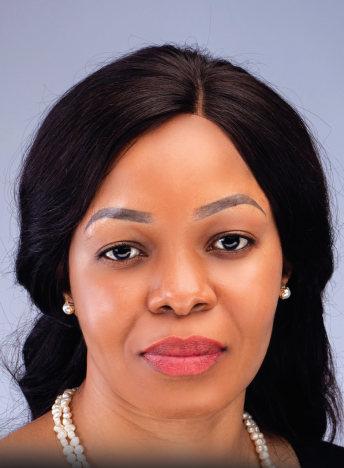
Ivy Njeru, account executive at Infobip Kenya.
